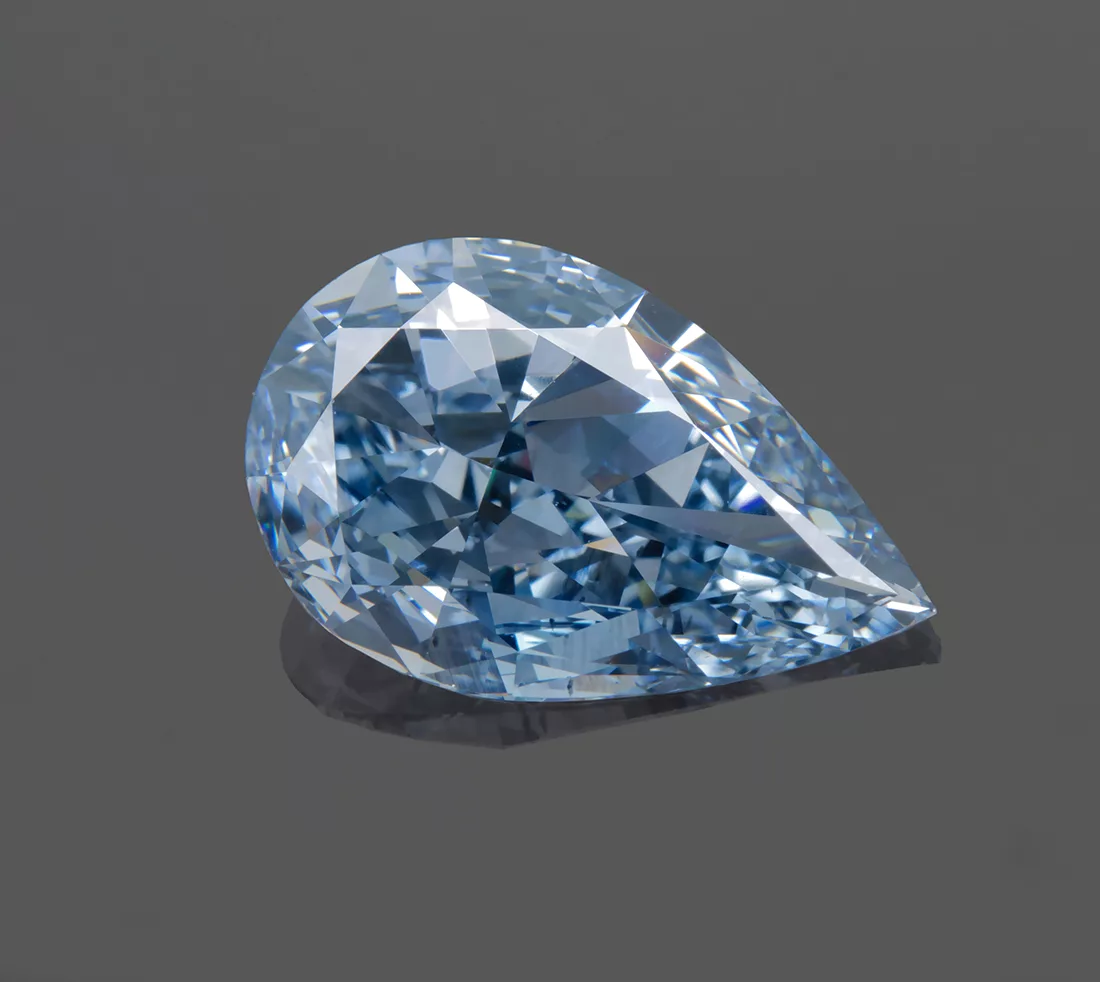
CVD Synthetic Diamonds and Testing at SSEF
by J.-P. Chalain, first published in Facette 20 (January 2013)
Synthetic diamonds have been present in the gem trade for over two decades. Recent financial investments and advances in technology have now made them more affordable both in terms of price and availability. The SSEF has been following synthetic diamond developments very closely over the past few decades.
On the 18th of May 2012, as most other major diamond grading laboratories, SSEF received a trade-alert from IGI – International Gemmological Institute. this gemmological alert pointed out that «… a few hundreds of CVD synthetic diamonds were submitted to IGI laboratories in Antwerp and Mumbai, with the clear aim to have these man-made diamonds certified as natural diamonds». This alert was followed by a review on the 21st of May by «DIB» (www.diamondintelligence.com) entitled: «Synthetics specifically ‘made to defraud’».
CVD synthetic diamond growth
The first CVD synthetic diamonds were grown in the early 1950’s in conjunction with the first HPHT synthetic diamonds. While this latter method involves high pressure and high temperature (HPHT), the chemical vapour deposition (CVD) technique does not require any high-pressure technology thus making it apparently easier to master. Paradoxically though, the first CVD synthetic diamonds reached the gem trade more than a decade after HPHT products. The reason for this is that originally deposited on a metallic substrate, these first CVD synthetic diamonds were polycrystalline and could therefore not be polished. Later, CVD synthetic diamonds could be grown on a diamond substrate and have now been found in the gem trade for more than a decade.

The growth of a CVD synthetic diamond commonly takes place in a microwave reactor with a flux of hydrogen-doped carbon-rich gas. This gas is transformed into plasma that will deposit its carbon atoms layer-by-layer onto the surface of a diamond seed. After a few hours, the CVD layer formed at the surface of the seed is thick enough to be cut off and polished.
Unless doped by certain chemicals (e.g. B, N, etc.), CVD synthetic diamonds are of type IIa and ideally colourless. When the growth rate is chosen to privilege purity, then the resulting CVD crystals are brownish-grey. Only by a subsequent post HPHT treatment may they be transformed into colourless treated CVD synthetic diamonds.
Testing synthetic diamonds at SSEF
For more than a decade, SSEF has studied, published and reported on CVD synthetic diamonds (see e.g. Facette 2008). CVD synthetic diamonds show specific features using advanced analytical equipment. Unlike other laboratories, it is the SSEF’s policy not to grade synthetic diamonds.
At SSEF, the methodology for screening CVD synthetic diamonds is part of the screening for all synthetic diamonds (CVD & HPHT, treated or not): (1) any diamond is checked for its type (type I vs. type II) by infrared spectrometry and (2) any type II diamond is checked for its low-temperature photoluminescence properties enabling us to separate synthetic CVDs (treated or not), synthetic HPHTs (treated or not) and HPHT-treated natural diamonds.
For small diamonds submitted in lots of melees, SSEF and the Physics Department of Basel University have together developed, tested and validated an Automatized Spectral Diamond Inspection Machine that can routinely check 4000 stones per hour. This unique industrial machine will be available on the market later this year.
Conclusion
SSEF permanently checks for possible new synthetic diamonds. Aside from this recent CVD synthetic diamond alert, we have also been observing developments in HPHT technology. This includes the recent achievement of Sumitomo Electric to grow HPHT synthetic diamonds of extremely high quality. It has to be noted that these are presently only used for industrial applications.
Although the announcement of a large quantity of CVD synthetic diamonds shook the diamond trade, international diamond grading laboratories such as SSEF are careful observers of the situation. But, these synthetic diamonds do not present a new identification challenge. J-P. Chalain.


